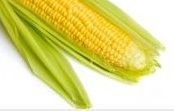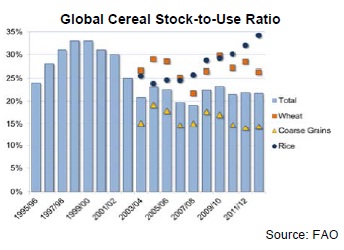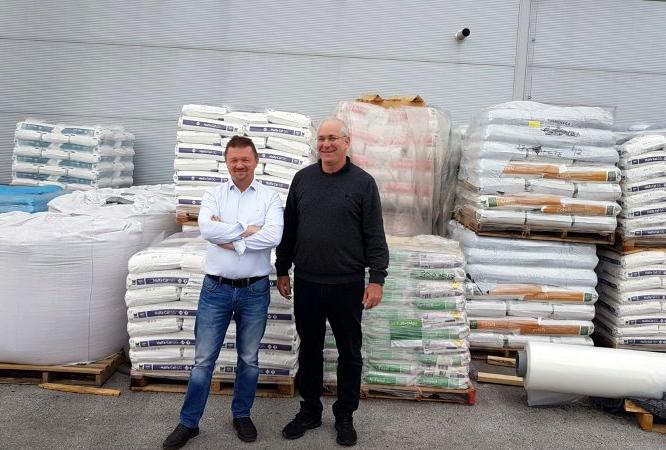Agriculture status: The droughts in Midwest America are resulting in lower corn harvest yields, which lead to an in increase in the corn's price. Furthermore, other cereals are suffering from low yields, which also lead to a price increase

The UN's FAO (food and agriculture organization) estimated that the world's stock-to-use ratio for the main agriculture commodities will stay firm. But due to weather conditions – mostly
droughts in Midwest America – the corn harvest yields were lower than projected.
The droughts, the worst since 1988, forced the USDA (US department of agriculture) to cut the projected corn demand by 15-20%, in order to balance the sharp decline in the US corn production.
This situation affects the global inventory and causes the rise in the crop's price. These conditions are supposed to affect the fertilizer demand and prices for the next year.
As a consequence, the cereal markets also took a blow: there is less yield of wheat, and the soybean harvest is also disappointing due to the weather condition.
All this results in increased cereal prices, and the need for more fertilizers in order to keep up with the demand.
Natan Feldman,
VP Marketing & Sales
Haifa Group





